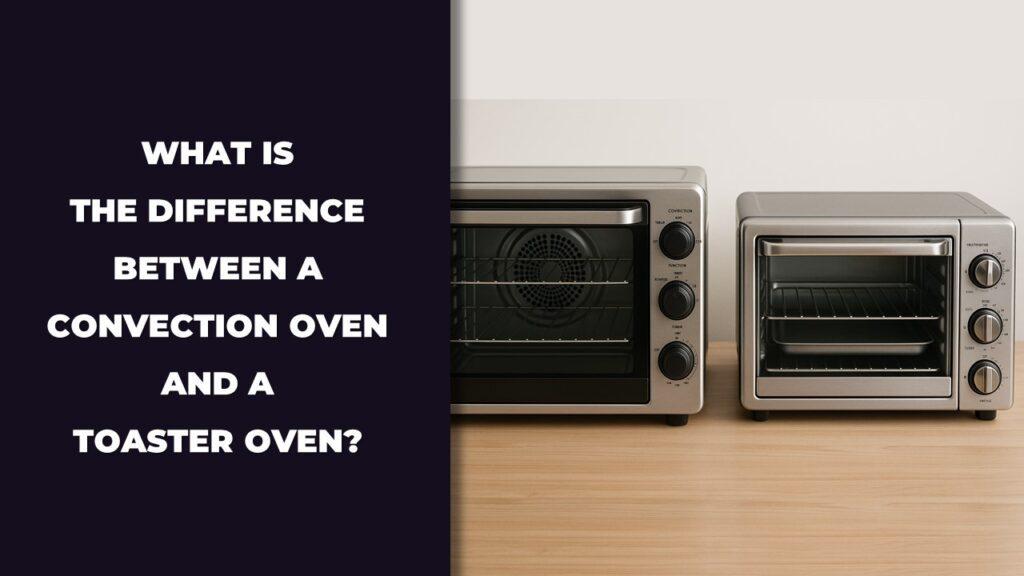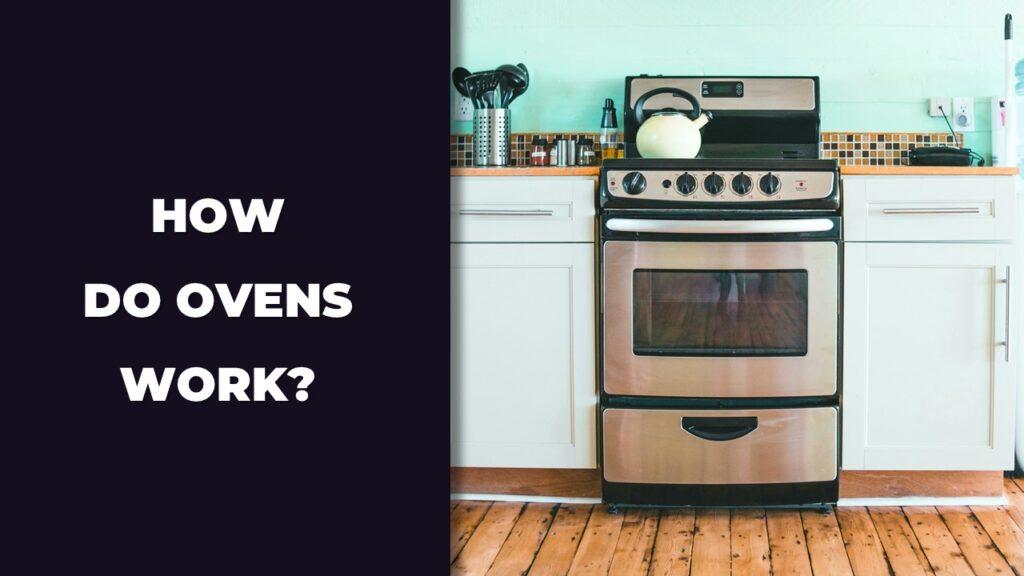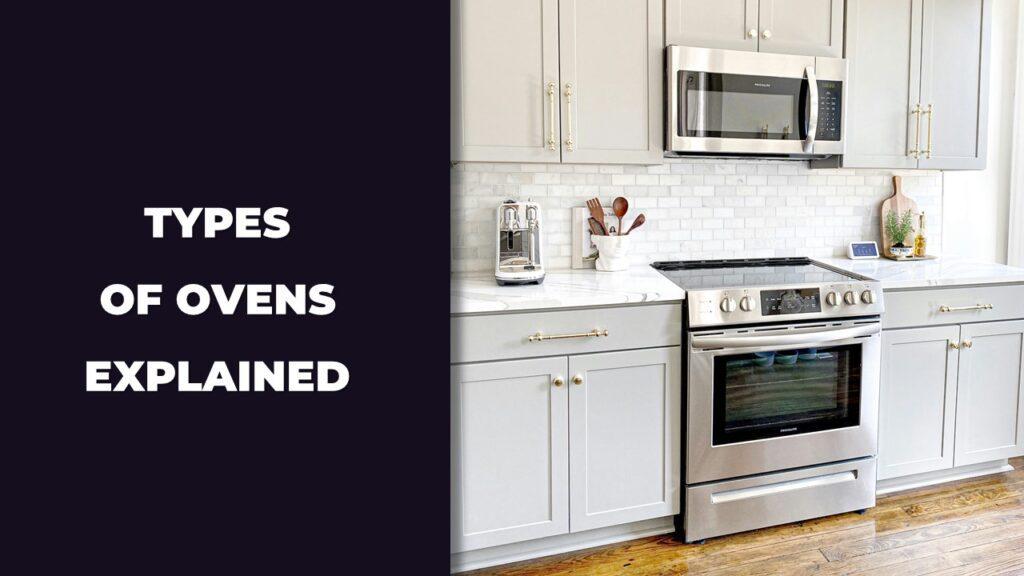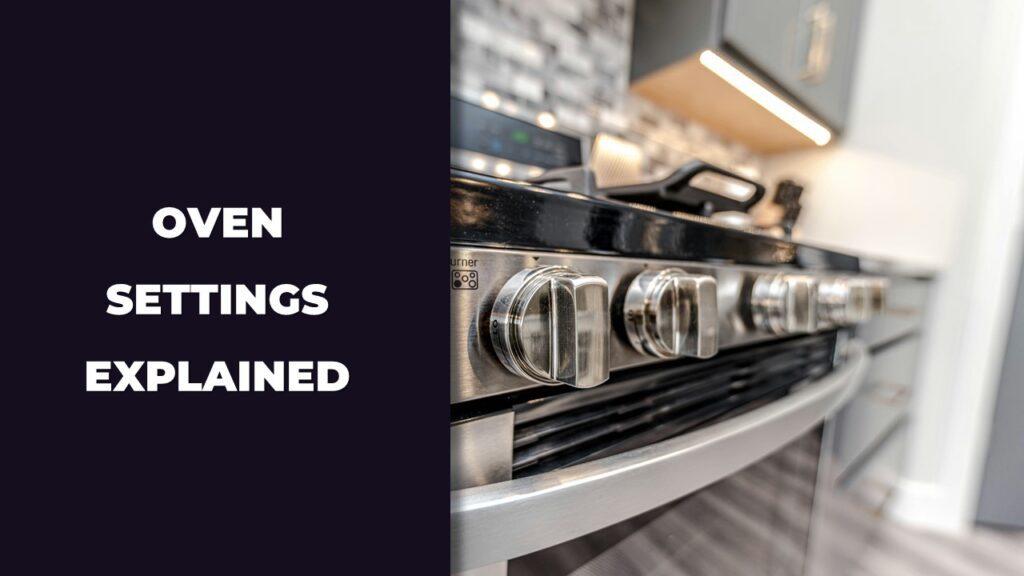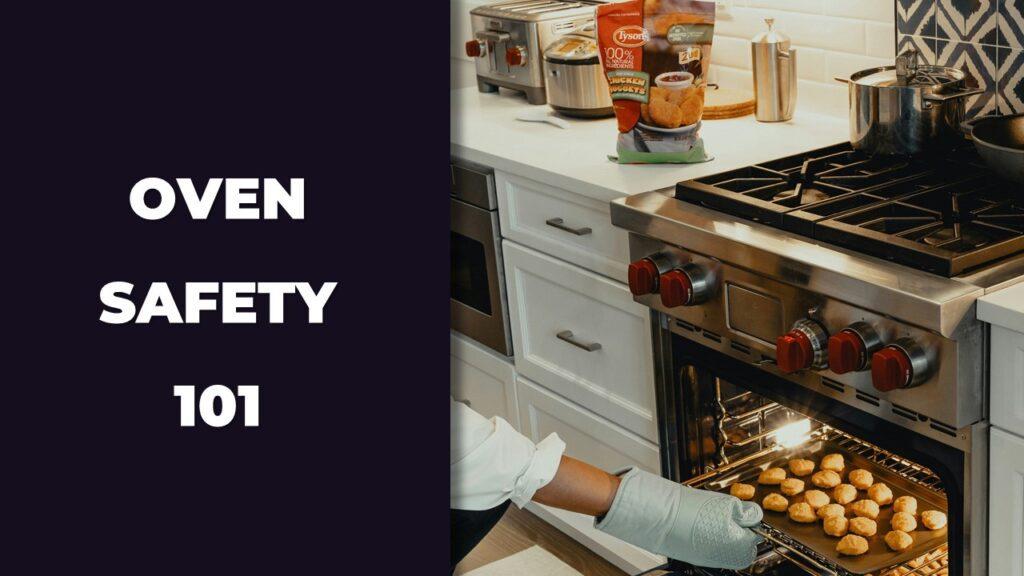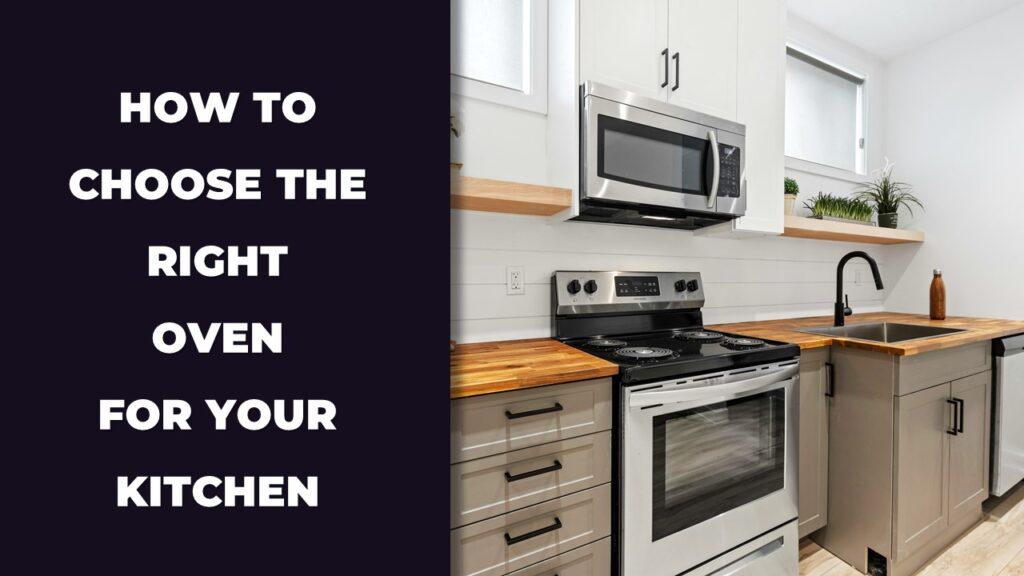
Opening the oven door while baking lets out a big rush of heat, which can cause your cake or cookies to collapse, bake unevenly, or take longer to finish. The sudden temperature drop messes with how your food cooks, especially if it needs steady heat to rise properly. Cakes are the most sensitive, but breads, cookies, and even roasts can suffer if you peek too soon or too often.
In this article, we’re going to talk about what really happens when you open the oven door mid-bake. We’ll also walk through when it’s okay to check your food, how to avoid messing up your bake, and tips to get it right without opening the door.
Common Signs Your Oven Is Not Heating Properly
If your oven isn’t heating the way it should, you’ll notice undercooked meals, uneven browning, or way-too-long cooking times. Sometimes, the display shows the right number, but the actual temperature inside tells a different story. These signs often point to issues with the heating element, thermostat, sensor, or door seal. Catching them early can help you avoid burnt dinners or half-cooked bakes.
How To Tell If Your Oven Is Not Reaching Temperature
Here are some telltale clues that your oven isn’t getting as hot as it should:
- Food stays raw or takes too long: If your usual recipes are suddenly undercooked or need extra time, your oven might be cooler than it says.
- Uneven cooking results: One side browns while the other stays pale. This might mean the heat isn’t being distributed properly.
- Preheat takes forever: A properly working oven usually takes 10 to 15 minutes to hit 350°F. If it’s much longer, something’s off.
- No visible glow in electric ovens: The heating element should glow red when it’s working. If it doesn’t, that’s a red flag.
- Gas burner doesn’t light smoothly: In gas ovens, a faulty igniter can delay or stop the burner from lighting up at all.
Easy Ways To Test Oven Temperature Accuracy
If you suspect your oven is lying about the heat, here’s how to test it:
- Use an oven thermometer: Place it in the center of the oven, preheat to 350°F, and check if the reading matches. Leave it in for at least 15 to 20 minutes for a fair reading.
- Do a bread slice test: Lay five to six slices of bread on the oven rack. Bake them for a few minutes and check for uneven toasting. Darker spots can show hot zones, while pale ones show cooler spots.
- Repeat the thermometer test: Check the temperature three or four times over 30 minutes. If you notice wide swings, there may be an issue with the sensor or thermostat.
Testing with simple tools like a thermometer or a few slices of bread is a great way to figure out if your oven has hidden heating problems. It can also help you decide whether a fix is quick or if you’ll need a deeper look into the parts.
Reasons Your Oven Is Not Reaching the Set Temperature
Here is the step-by-step breakdown of what might be causing your oven to fall short of its set temperature:
- Faulty bake or broil element in electric ovens
- Weak or broken igniter in gas ovens
- Malfunctioning temperature sensor
- Inaccurate or damaged thermostat
- Loose or torn oven door gasket
- Control board or relay issues
- Power supply or gas flow problems
These parts all play a role in heating your oven. If even one of them fails, the oven might stay too cool or heat unevenly. Now, let’s walk through each problem and what you can do about it.
Faulty Bake Or Broil Element In Electric Ovens
Electric ovens depend on heating elements—usually one on top (broil) and one on the bottom (bake). If either of these stops working, the oven won’t heat correctly.
Signs to watch for:
- The element doesn’t glow red when heating
- Uneven cooking from top or bottom
- Visible cracks or blistering on the element
You can do a visual check first. If the element looks damaged or isn’t heating at all, turn off the power, then test it with a multimeter. If there’s no continuity, it needs to be replaced. New elements are easy to find and usually simple to install with a screwdriver.
Weak Or Broken Igniter In Gas Ovens
In a gas oven, the igniter lights the burner that heats the oven. A weak or worn-out igniter may not get hot enough to open the gas valve, which means no heat.
What you might notice:
- The oven clicks but doesn’t light
- You hear gas but smell nothing lighting
- The burner cycles on and off erratically
To check, turn the oven on and watch the igniter. It should glow bright orange and light the burner within 90 seconds. If it doesn’t glow or only sparks weakly, it’s time for a new igniter. Be careful—this is one part where working with a pro is often the safer call.
Oven Temperature Sensor Not Working Correctly
The sensor is a small metal rod inside the oven that monitors heat and tells the control board when to turn the elements on or off.
Watch for these signs:
- Oven overheats or underheats randomly
- Food cooks too fast or too slow
- You get error codes on digital displays
A faulty sensor can throw off the whole system. It might be misaligned, dirty, or completely dead. You can test it with a multimeter to check resistance (typically 1,000–1,100 ohms at room temp). If it’s way off, replacing it is usually the fix.
Thermostat Problems Causing Incorrect Oven Temperatures
Older ovens often use a mechanical thermostat. Newer ones may have digital temperature control. Either one can throw things off if it goes bad.
Common clues:
- Oven cycles too often or not at all
- Displayed temp doesn’t match actual oven heat
- Overcooked or undercooked food, even with the same settings
If calibration doesn’t help and the thermostat isn’t responding correctly to adjustments, it may be worn out. You can test it with a multimeter or compare your oven temperature with an oven-safe thermometer. Replacement depends on your oven model but is often affordable.
Heat Escaping Due To Damaged Oven Door Seal
The oven door seal helps trap heat inside. If it’s torn, compressed, or hanging loose, hot air escapes and the oven struggles to maintain temperature.
Look for these issues:
- You feel heat escaping from the door edges
- The seal looks cracked, flattened, or ripped
- Food takes longer to cook than it used to
You can check the seal using the “dollar bill test.” Close the oven door on a bill and try to pull it out. If it slides out easily, the seal is too loose. Replacing it is simple—just remove the old gasket and press the new one into the same groove.
Electronic Control Board Or Relay Failures
The control board acts as the oven’s brain. It tells parts like the element, igniter, and fan when to turn on. If the board malfunctions, the oven won’t heat correctly.
Things you might notice:
- Error messages on the display
- Buttons don’t respond properly
- The oven doesn’t heat even though everything looks okay
Control boards can fail due to power surges, moisture, or age. If you’ve checked the other parts and still have trouble, the board might be to blame. These repairs are more complex and may require a technician or replacement parts specific to your oven model.
Electrical Or Gas Supply Problems
Sometimes the problem isn’t inside the oven at all. If your oven isn’t getting the power or gas it needs, it can’t heat up.
Common issues:
- Tripped circuit breaker or blown fuse
- Loose power cord or damaged outlet
- Low gas pressure or a blocked valve
Check that your oven is plugged in, the breaker is on, and gas is flowing freely. If everything looks fine but your oven still won’t heat, it may be time to call in a pro to check the wiring or gas line.
How To Calibrate An Oven That’s Not Heating Accurately
If your oven’s actual temperature doesn’t match the number you set, it may just need to be calibrated. Calibration lets you adjust your oven’s internal settings so the temperature is more accurate. You don’t need fancy tools—just a good oven thermometer and a little time.
Let’s break it down so you know when and how to calibrate your oven properly.
What Is Oven Calibration And Why It Matters
Oven calibration means adjusting the internal temperature settings to match the real temperature inside. Even a brand-new oven can be off by 10 to 25 degrees, and that difference adds up, especially with baking.
Why it matters:
- Undercooked or overcooked food becomes a regular thing
- Recipes don’t turn out right, even when followed perfectly
- It hides bigger issues like a faulty sensor or heating element
You might not need a repair just yet. Calibration is often enough to fix these small temperature differences and help your oven cook more evenly again.
Step-By-Step Guide To Calibrate Your Oven Temperature
Here’s a simple way to test and recalibrate most ovens at home:
Step 1: Get a reliable oven thermometer
Place it on the center rack, not too close to the walls or back.
Step 2: Preheat the oven
Set your oven to 350°F and let it heat for at least 20 minutes.
Step 3: Check the temperature reading
Take three readings over 15–20 minutes. If the thermometer reads 330°F, your oven runs 20 degrees cooler. If it reads 370°F, it runs hotter.
Step 4: Adjust your oven’s temperature setting
Check your oven manual. Some models have a calibration screw behind the temperature knob, while digital ones have a built-in adjustment menu.
Step 5: Make small changes
If your oven runs 20°F cold, raise the setting by 20°F. Retest and fine-tune as needed. Don’t go more than 35°F in either direction without checking other parts first.
Step 6: Test again
Bake something simple like a tray of cookies. If they come out even and properly cooked, you’ve done it right.
Oven Maintenance Tips To Prevent Heating Problems
Regular maintenance helps your oven stay accurate, heat evenly, and last longer. You don’t have to be a pro—just stick to a few basic habits to avoid most heating issues before they start.
Here’s what you can do:
- Wipe spills right away: Baked-on grime can mess with sensors and airflow.
- Clean heating elements gently: Avoid harsh scrubbing or spraying water directly on them.
- Inspect door seals regularly: Replace torn or flat gaskets to keep heat from leaking out.
- Don’t block the vents: Let hot air move freely to prevent uneven baking.
- Test with a thermometer every few months: Catch calibration drift before it ruins your meals.
- Avoid slamming the oven door: It can loosen hinges or damage the seal.
- Keep the fan and vents clear (if you have convection): Blocked fans reduce heat circulation and make cooking unpredictable.
A few minutes of care every month can save you from frustrating cooking surprises and costly repairs down the line.
When To Call A Professional Oven Repair Technician
If you’ve checked the basics and your oven still won’t reach the set temperature, it may be time to call a professional. Some issues—like a faulty control board, damaged wiring, or complex gas valve problems—require tools, skills, and safety knowledge most of us don’t have at home.
Here are some signs you should stop troubleshooting and get expert help:
- The heating element, sensor, or thermostat tests fine, but the oven still won’t heat
- You smell gas, burning plastic, or electrical smoke
- The oven keeps displaying error codes or shutting down randomly
- You’ve replaced a part, but the issue didn’t go away
- The control board isn’t responding, or buttons are unresponsive
- There are loud pops, sparks, or buzzing when the oven turns on
A trained technician can diagnose deeper issues faster and more safely. They can also spot early signs of bigger problems before they become costly.
Final Thoughts
If you’re wondering why your oven is not reaching the set temperature, the answer could be simple or a bit more involved. A broken heating element, faulty igniter, or worn-out thermostat is often the reason. But it could also be something smaller, like a loose door seal or a sensor that’s reading the temperature wrong.
You don’t always need a repair tech right away. Testing with an oven thermometer, checking for visible damage, and recalibrating can fix many of these issues. Just be patient and check one part at a time.
But if your oven is still acting up after that, don’t risk guessing. Calling a professional repair technician can save you time and make sure your oven gets back to safe and steady cooking.
Related FAQs
Why Does My Oven Take So Long To Heat Up?
If your oven takes too long to heat, the problem could be a weak heating element, faulty igniter, or poor door seal. A clogged vent or bad sensor might also slow things down by affecting heat buildup.
How Can I Tell If My Oven Thermostat Is Broken?
You can test your thermostat by comparing the oven’s actual temperature to its set temperature using an oven thermometer. If the difference is more than 25 degrees and food often cooks unevenly, the thermostat may need to be replaced.
Can A Faulty Sensor Cause Uneven Cooking?
Yes, a bad temperature sensor can send incorrect readings to the control board, causing the oven to overheat or underheat. This leads to uneven baking or cooking, especially with sensitive dishes like cakes or roasted meats.
What’s The Average Cost To Fix An Oven That’s Not Heating?
The cost depends on the part that needs fixing. Replacing a heating element or igniter may cost $100–$200, while a faulty control board or thermostat could push it closer to $300 with labor included.
How Often Should I Calibrate My Oven?
You should check your oven’s temperature accuracy at least once or twice a year. If you notice food cooking slower or faster than it used to, it’s a good idea to recalibrate or test the sensor.

At our core, we’re a group of passionate households and gardening tools and appliances users and enthusiasts. We dive deep into the world of tech, especially when it’s about your household or gardening electric items. We try to provide as much value to the readers with our information and how to blog articles as possible. For affiliate articles our honest and transparent reviews of essential tech products are rooted in real-world experience. We take great satisfaction in offering unbiased evaluations, ensuring that you can make informed decisions when investing in your desired techs.

